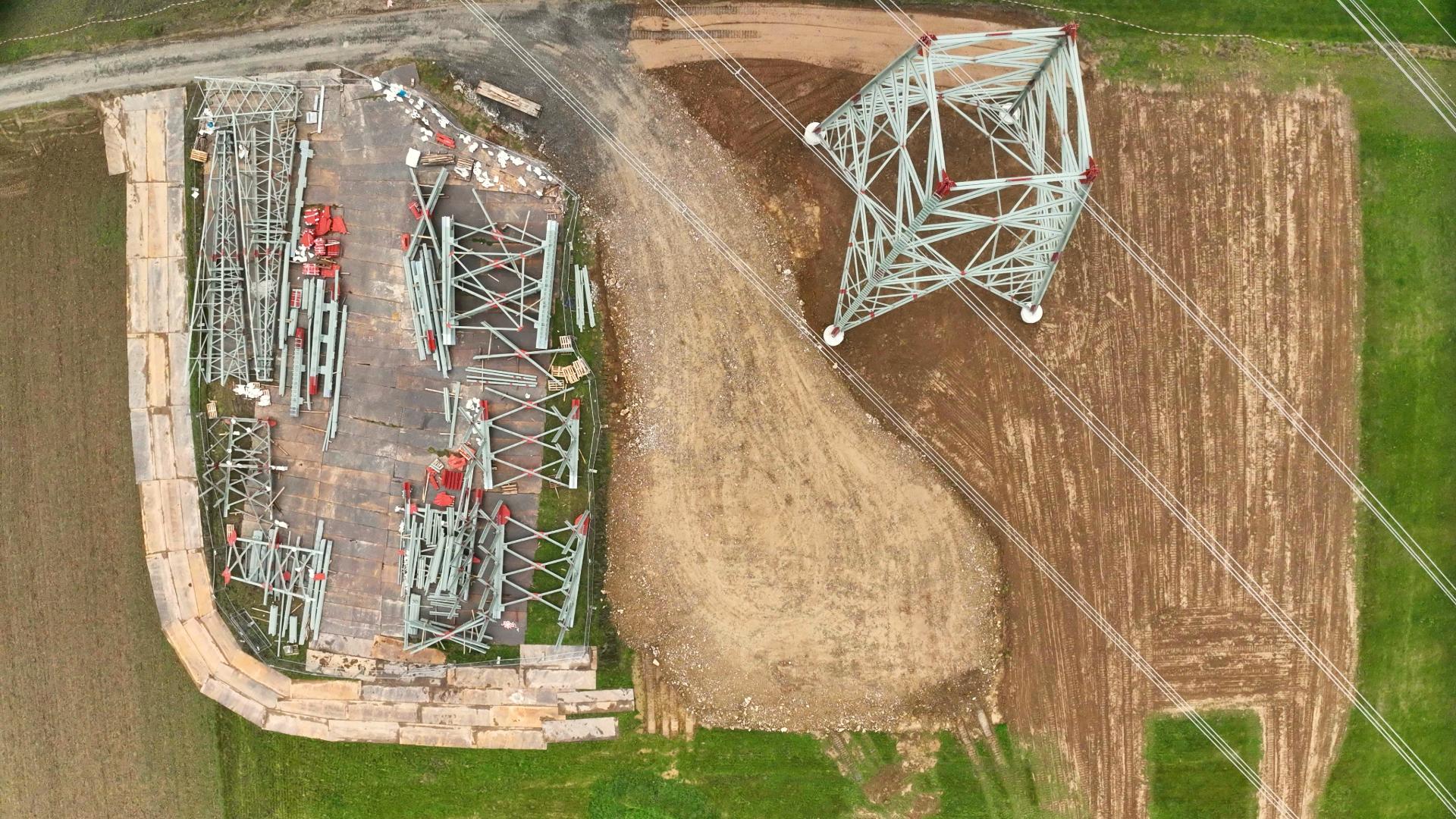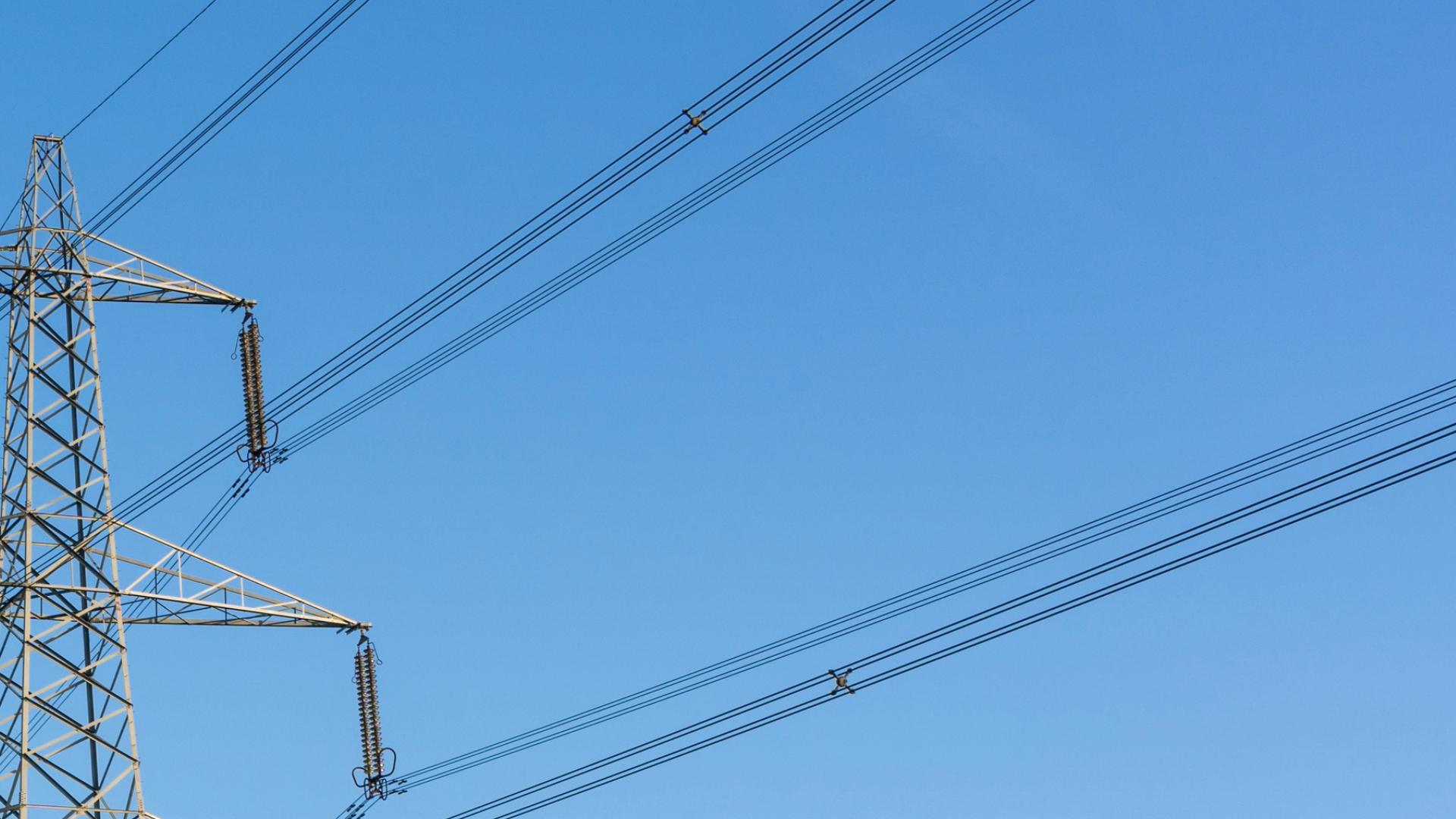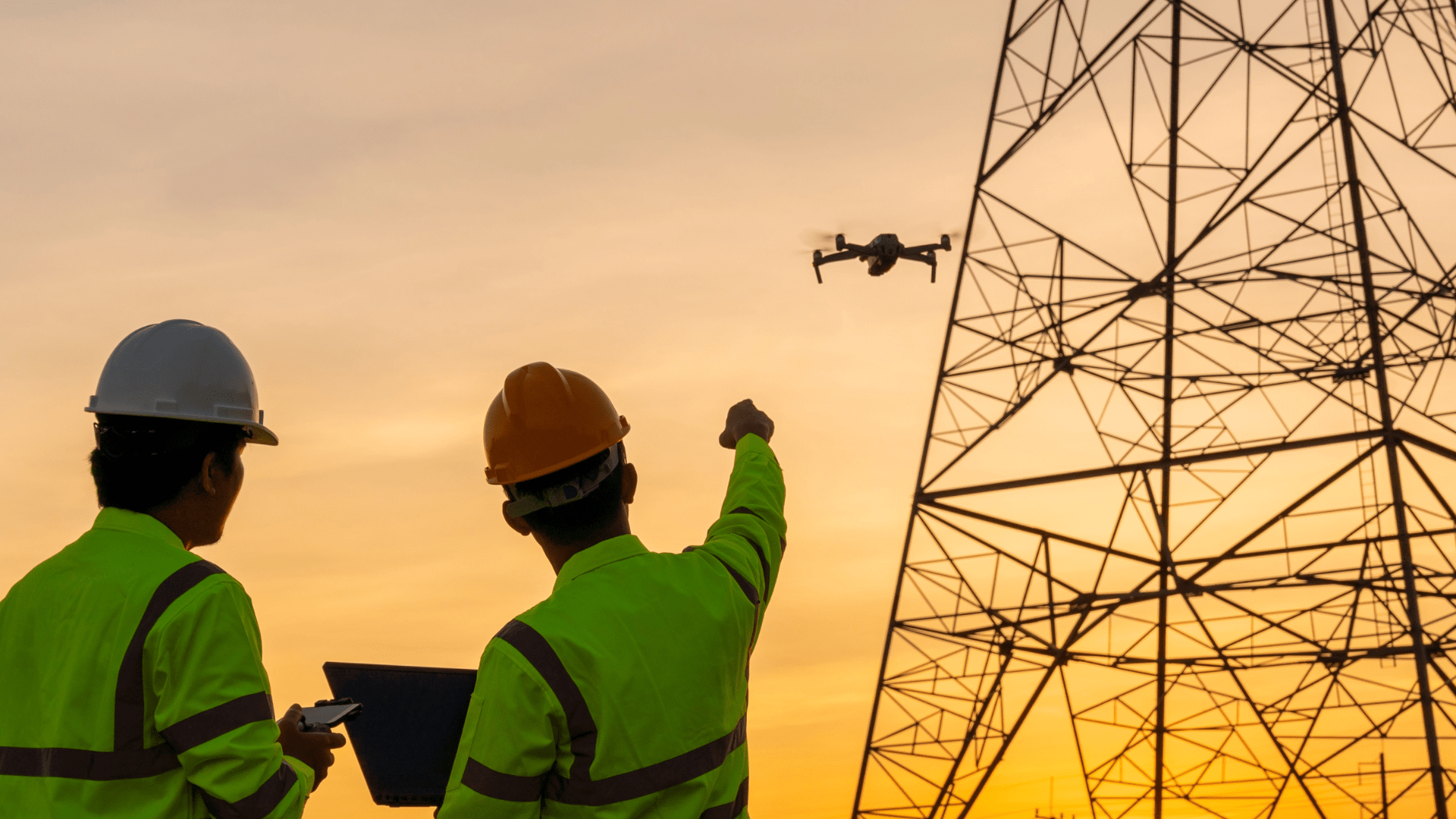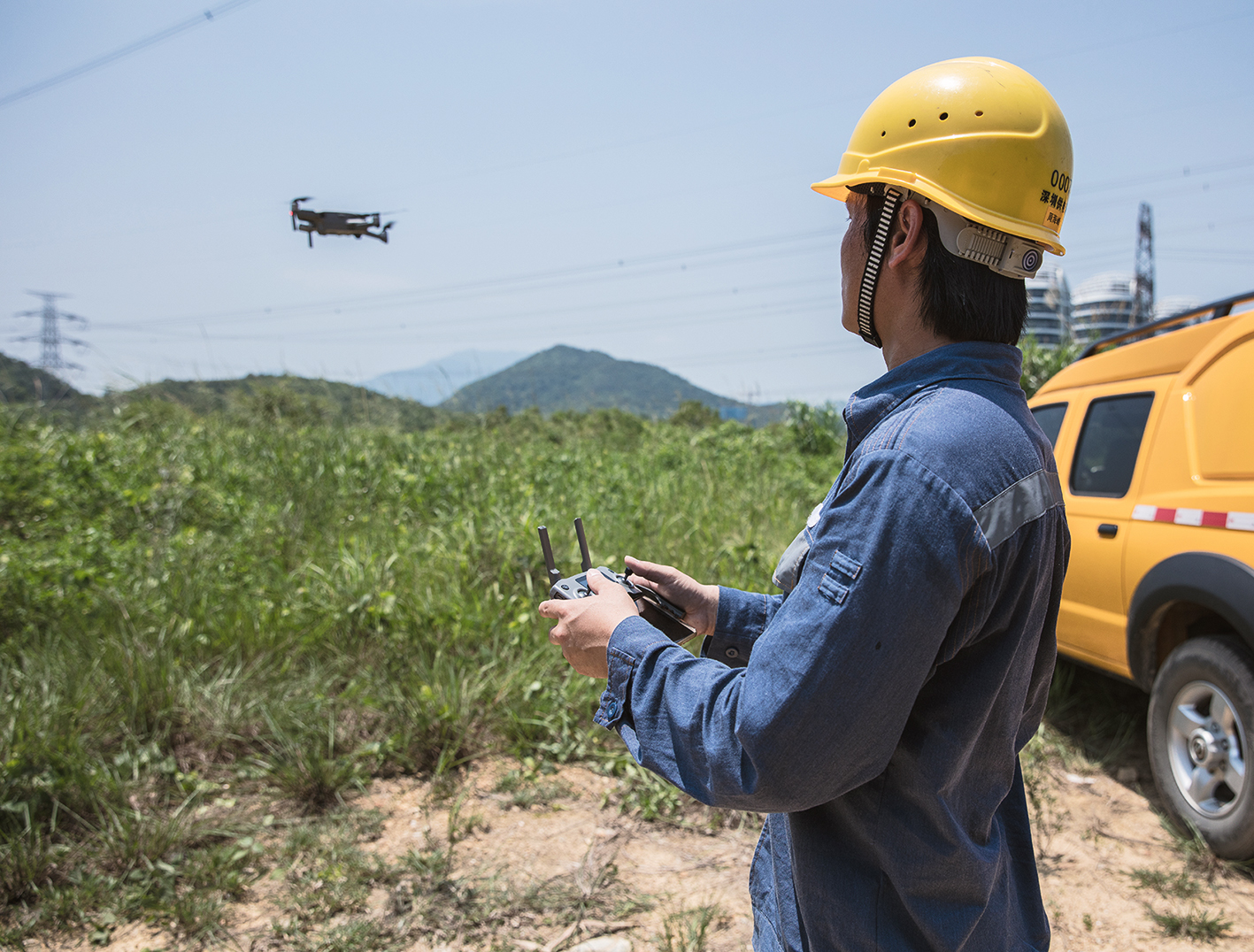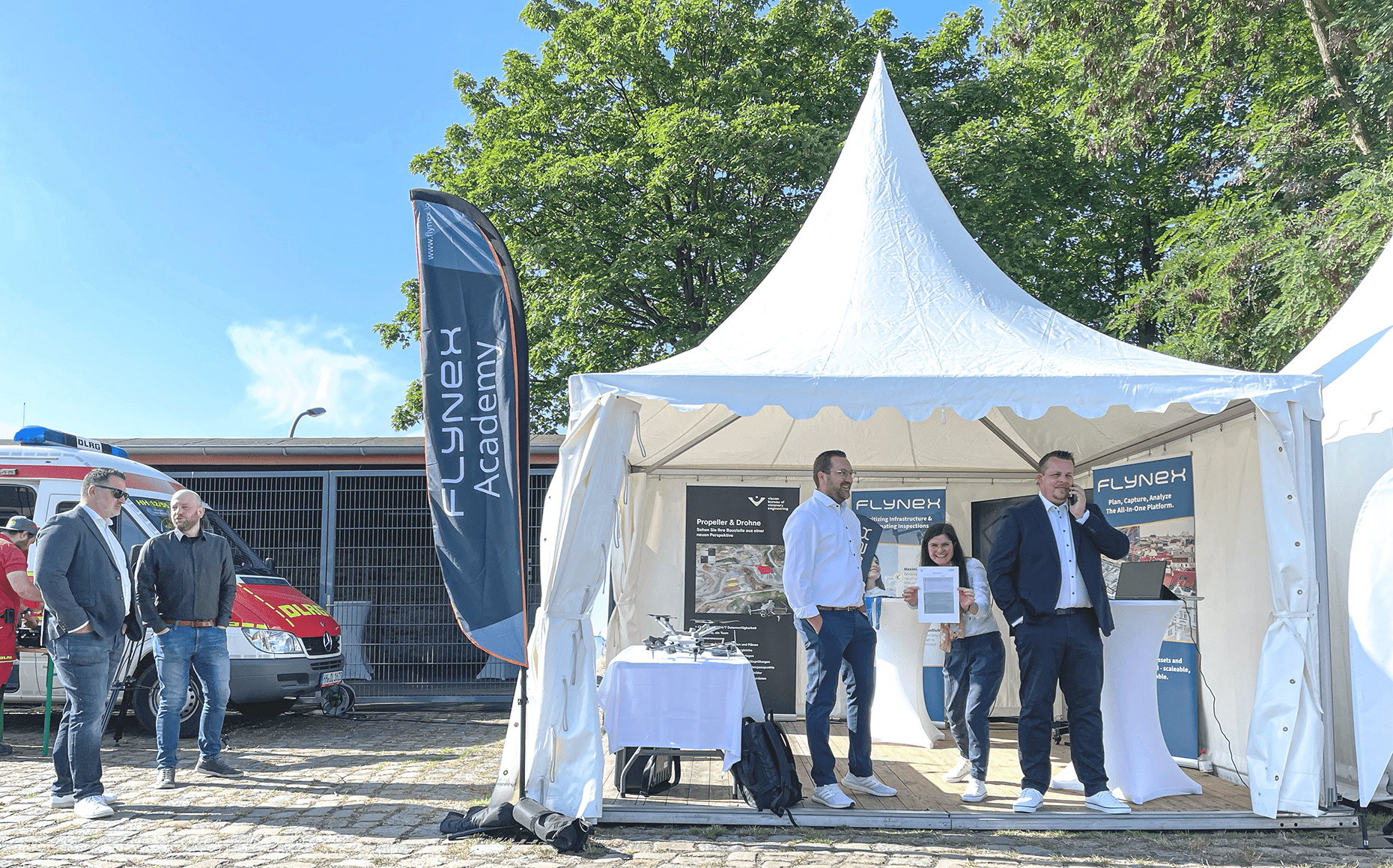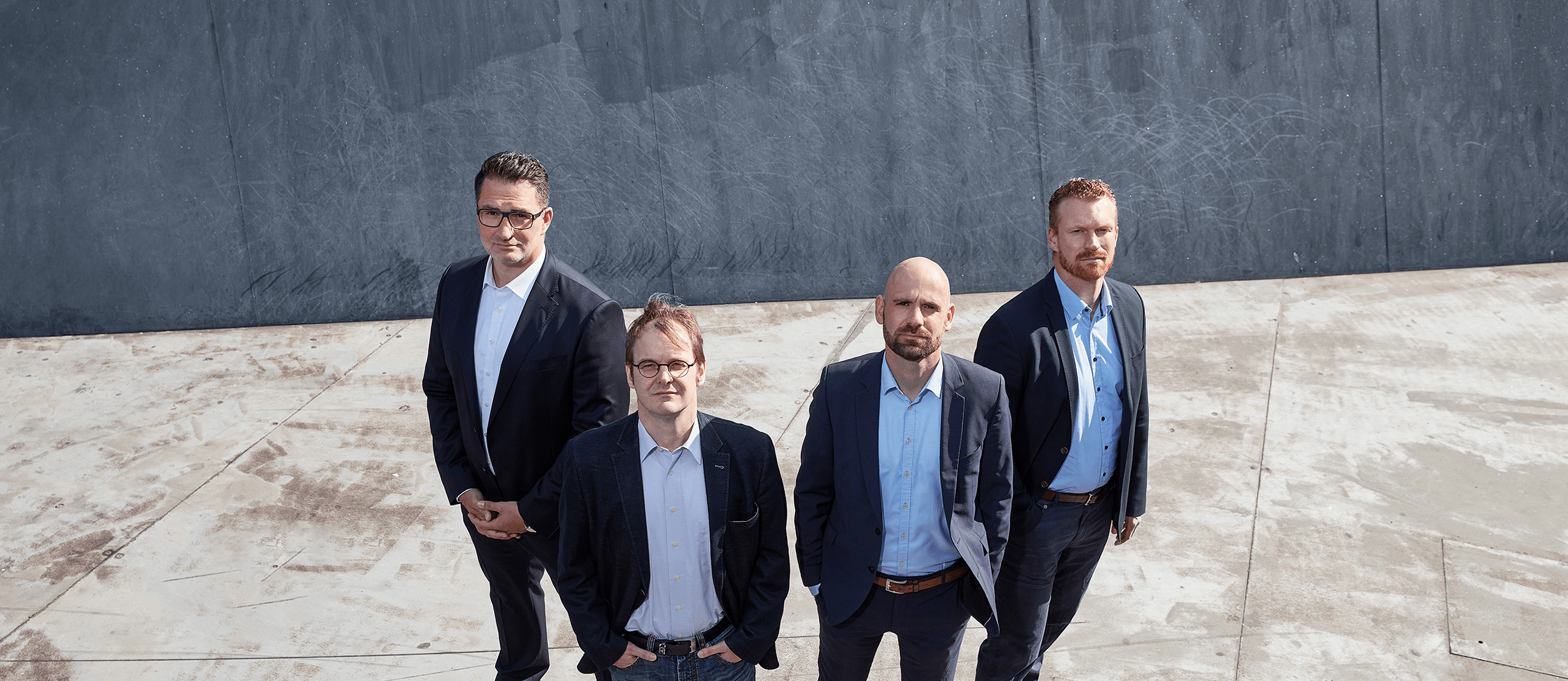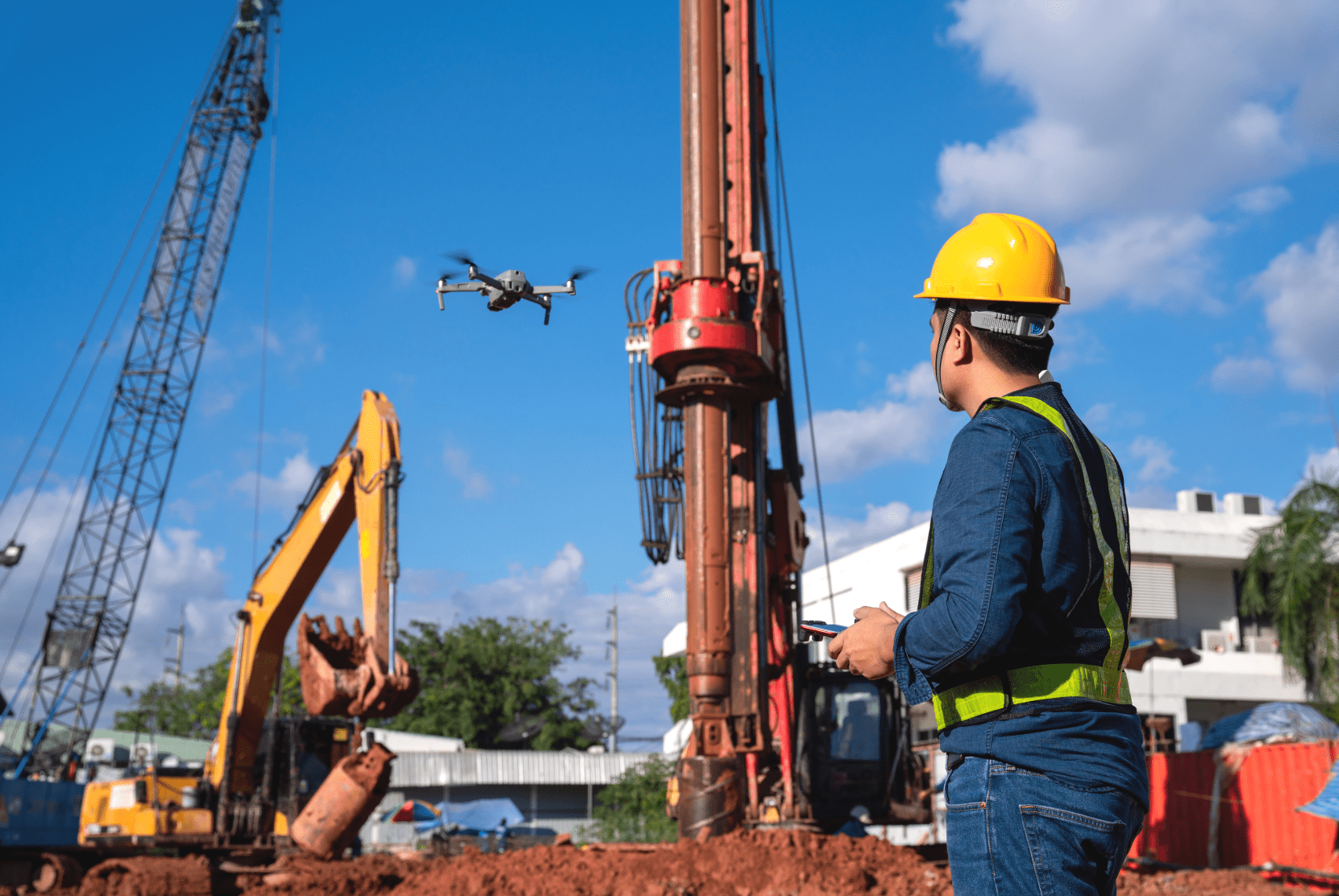Zuverlässige Stromnetze – aus unserem Alltag nicht mehr wegzudenken. Spätestens seit Beginn der Energiekrise wurde uns nochmal in Erinnerung gerufen, welchen Stellenwert die insgesamt 1,9 Millionen Kilometer Leitungsnetz in Deutschland (Quelle Statista) besitzen. Doch um unsere Versorgungssicherheit auch in Zeiten der Krise lückenlos gewährleisten zu können, müssen tagtäglich unzählige Kilometer Leitungen und tausende Freileitungsmasten überprüft werden. Dabei setzen Netzbetreiber immer häufiger Drohnen ein. Aber wie funktioniert die Netzinspektion per Drohne eigentlich genau? Einfach die Freileitungsmasten per Drohne abfliegen – Und dann? Wir klären auf.
Plicht zur Inspektion
Energieversorger sind gemäß Energiewirtschaftsgesetz dazu verpflichtet, ein „sicheres, zuverlässiges und leistungsfähiges Energieversorgungsnetz“ zu gewährleisten. Um das sicherstellen zu können, müssen Strommasten und Leitungen in regelmäßigen Abständen auf Schäden und Standfestigkeit überprüft werden. Hinzu kommen Sonderinspektionen, die im Störungsfall akut notwendig sind und zusätzlich dazu beitragen, dass der Bedarf an Netzinspektionen auch in Zukunft nicht abreißen wird.
Warum Inspektionen neu gedacht werden sollten
Traditionell werden Inspektionen von Hochspannungsmasten mit Fernglas vom Boden oder durch den Aufstieg von Kletterern durchgeführt. Dabei werden Schäden per Sicht identifiziert und im besten Fall in einer Checkliste händisch dokumentiert. Obwohl Freileitungsmonteur/-innen beim Aufstieg immer von einer zweiten Person gesichert werden, setzen sie sich dennoch tagtäglich einem hohen Sicherheitsrisiko aus. Folglich sind Inspektionen, durchgeführt mit traditionellen Methoden, ein riskantes sowie kosten- und zeitaufwändiges Unterfangen. Gleichzeitig bilden die Inspektionen, aufgrund der analog erhobenen Daten, lediglich den Ist-Zustand des Objekts ab und bieten keinerlei Grundlage für die Ableitung prädiktiver Maßnahmen.
Immer wieder kommen auch Helikopter für die Mast- und Leitungsinspektion zum Einsatz. Hierfür wird, in Anbetracht des steigenden Rohölpreises und des immer lauter werdenden Rufs nach Nachhaltigkeit, zeitnah eine Alternative nötig. Das verdeutlicht einmal mehr: Um dem steigenden Bedarf an Inspektionstätigkeiten perspektivisch weiter nachkommen zu können, müssen Inspektionen neu gedacht werden.
Zeitersparnis durch Drohneninspektion
Aus diesem Grund setzen bereits viele Netzbetreiber auf den Einsatz von Drohnen. Die kleinen Fluggeräte sind vergleichsweise einfach in der Handhabung und können Bilddaten mühelos auch an schwer erreichbaren Orten in großer Höhe sammeln. Mit ein wenig Übung und einem Fernpilotenzeugnis A2 können Monteur/-innen vom Boden aus alle zu inspizierenden Bereiche eines Masts erfassen. Das erhöht nicht nur die Arbeitssicherheit, sondern spart auch rund 50 % an Zeit.
Vorausschauende Inspektion durch digitale Daten
Darüber hinaus können Drohnen flexibel mit unterschiedlichen Sensoren ausgestattet werden. So lassen sich neben optischen Bildern auch Infrarot-, Wärmebild- oder Ultraschallaufnahmen per Drohne generieren. Anhand dieser Aufnahmen können selbst kleine Schäden zuverlässig und frühzeitig erkannt werden. Folglich können Schäden behoben werden können, bevor es zu Ausfällen kommt.
Außerdem liegen durch den Einsatz von Drohnen Schäden, die bisher analog erfasst und dokumentiert wurden, nun digital in Form von Bilddaten vor. Bei der Erhebung gleicher Daten in regelmäßigen Zeitabständen wird eine solide Datenbasis geschaffen. Diese ermöglicht es, Zustandsentwicklung über einen Zeitverlauf zu beobachten und daraus zielgerichtete Prognosen abzuleiten. Anstatt reaktive Maßnahmen zu planen, können nun prädiktive Schlüsse gezogen werden. Kurzum: Instandhaltungsmaßnahmen können veranlasst werden, bevor es zu einem Schaden kommt.
Drohne fliegen und dann?
Doch wer bereits mit Drohnen gearbeitet hat, weiß, wie rasant sich gesammelte Daten anhäufen und wie herausfordernd das Handling dieser Datenmengen sein kann. Projektmanager stellen sich dann Fragen wie: „Wohin mit den Daten?“, „Wie kann ich die Daten am besten für meine Zwecke nutzen?“, und „Wie stelle ich sicher, dass alle Projektbeteiligte Zugang zu den für sie relevanten Daten erhalten?“. Es wird schnell deutlich, dass es für die Implementierung effizienter, drohnenbasierter Inspektionsprozesse mehr nötig ist als die Anschaffung einer Drohne und der Erwerb des Fernpilotenzeugnisses.
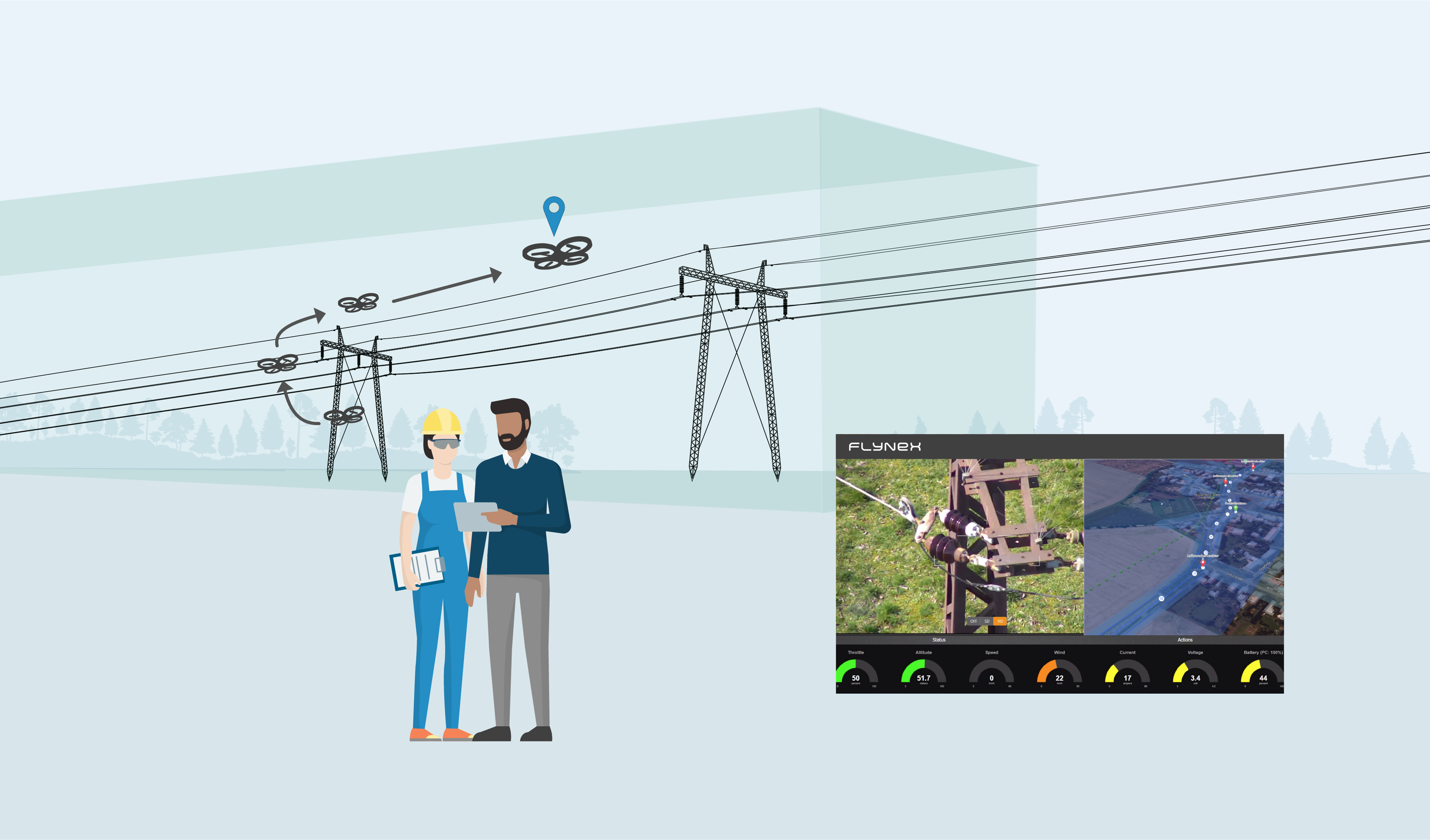
Auf die richtige Software kommt es an
FlyNex hat sich mit diesen Fragen auseinandergesetzt und eine Softwareplattform entwickelt, mit der automatisierte Netzinspektionen skalierbar umgesetzt werden können. Bereits bevor die Drohne abheben kann, bietet die FlyNex Plattform Hilfestellung bei der Beantragung von Genehmigungen und der Planung von Flugrouten und -mustern. Dank der FlyNex Connect App für den Drohnencontroller können Drohnenpilot/-innen im Feld alle nötigen Informationen für den bevorstehenden Flug abrufen und die Drohne sogar automatisiert ein vorprogrammiertes Flugmuster abfliegen lassen. So kann sichergestellt werden, dass die Drohne an allen entscheidenden Stellen Aufnahmen macht und hochwertige Daten sammelt. Im Anschluss an den Flug werden die Bilddateien einfach per Knopfdruck in die FlyNex Plattform übertragen und berechtigten Projektbeteiligten sofort zur Verfügung.
Was passiert mit den Daten?
Um bei einer Befliegung ein umfassendes Bild eines Freileitungsmasts zu erhalten, beläuft sich die Anzahl aufgenommener Bilder, wie bereits erwähnt, schnell auf über Hundert. Da die händische Auswertung dieser Daten nicht nur lange dauert, sondern auch fehleranfällig ist, kommt hier Künstliche Intelligenz zum Einsatz. Ist die Künstliche Intelligenz einmal trainiert, erkennt sie z.B. Schäden, Bewuchs und Vogelnester zuverlässig und in kürzester Zeit, ohne dass Ingenieur/-innen vor Ort sein müssen. Folglich können Inspektionen ab sofort remote stattfinden. Darüber hinaus können anhand von 2D oder 3D-Modellen beispielsweise Vermessungen oder Volumenberechnungen mit wenigen Mausklicks vorgenommen werden.
So geht die automatisierte Inspektion von heute!
Haben Sie weitere Fragen zur Netzinspektionen oder interessieren Sie sich dafür, wie Sie das Maximum aus Ihren Infrastrukturdaten herausholen können? Kontaktieren Sie uns gerne. Wir freuen uns auf den Austausch.
Wir wünschen Ihnen gute Flüge!
Ihr FlyNex Team
